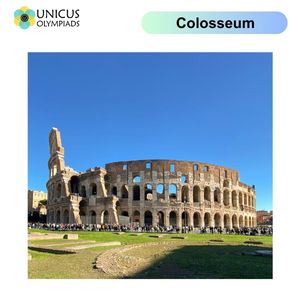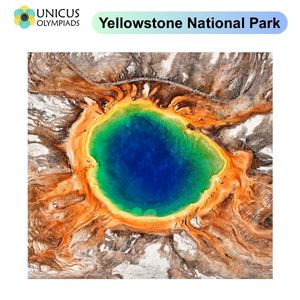What Sites Are Listed as UNESCO World Heritage?
UNESCO World Heritage Sites are landmarks or areas that have been officially recognized by the United Nations Educational, Scientific, and Cultural Organization (UNESCO) for their cultural, historical, scientific, or natural significance. These sites are considered to be of outstanding value to humanity. Below is a list of some notable UNESCO World Heritage Sites from across the globe.
Famous UNESCO World Heritage Sites
1. Great Wall of China (China)
The Great Wall of China is one of the most iconic and well-preserved historical monuments in the world.
- Significance: A symbol of China's historical strength, it stretches over 21,000 kilometers (13,000 miles) and was originally built to protect Chinese states from invaders.

2. Pyramids of Giza (Egypt)
The Pyramids of Giza, located near Cairo, are one of the Seven Wonders of the Ancient World.
- Significance: The complex includes the Great Pyramid, the largest of the three, and is a testament to the ancient Egyptians' architectural and engineering prowess.

3. Machu Picchu (Peru)
Machu Picchu is an ancient Incan city set high in the Andes Mountains, known for its sophisticated dry-stone construction.
- Significance: It is an extraordinary example of Incan civilization and one of the most well-preserved archaeological sites in the world.

4. Colosseum (Italy)
The Colosseum in Rome is one of the greatest works of Roman engineering and a symbol of the Roman Empire.
- Significance: It is an ancient amphitheater used for gladiator contests, public spectacles, and other events during the Roman Empire.

5. Taj Mahal (India)
The Taj Mahal is a stunning marble mausoleum in Agra, India, built by Mughal Emperor Shah Jahan in memory of his wife Mumtaz Mahal.
- Significance: It is a symbol of eternal love and one of the finest examples of Mughal architecture.

6. Serengeti National Park (Tanzania)
The Serengeti is one of the most famous wildlife reserves in the world, known for its annual migration of wildebeest, zebras, and gazelles.
- Significance: The Serengeti is one of the best places to witness Africa's "Big Five" (lion, elephant, buffalo, leopard, and rhinoceros).

7. Yellowstone National Park (United States)
Yellowstone is the first national park in the world, established in 1872 in the U.S. It is known for its geothermal features, including the famous Old Faithful geyser.
- Significance: It boasts a wide variety of landscapes and ecosystems, including forests, lakes, and geothermal wonders.

8. Galapagos Islands (Ecuador)
The Galapagos Islands are renowned for their unique wildlife, which helped inspire Charles Darwin's theory of evolution.
- Significance: The islands are home to species found nowhere else on Earth, such as giant tortoises and marine iguanas.

9. Angkor (Cambodia)
Angkor, located in Cambodia, is the largest religious monument in the world, with the famous Angkor Wat temple as its centerpiece.
- Significance: The site was the capital of the Khmer Empire, and it is a remarkable example of classical Khmer architecture.

10. Great Barrier Reef (Australia)
The Great Barrier Reef is the largest coral reef system in the world, located off the coast of Queensland, Australia.
- Significance: It is home to thousands of species of marine life and is considered one of the most biodiverse ecosystems on Earth.

11. Petra (Jordan)
Petra is a historical city famous for its rock-cut architecture and water conduit system.
- Significance: It was once a thriving trade center and capital of the Nabataean Kingdom.

12. Mount Fuji (Japan)
Mount Fuji is Japan's highest peak, revered for its beauty and cultural significance.
- Significance: It is an active volcano and has been an important spiritual symbol in Japanese culture for centuries.















